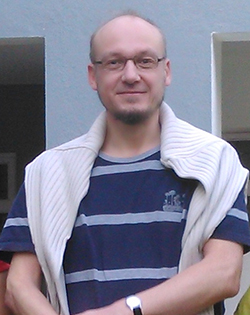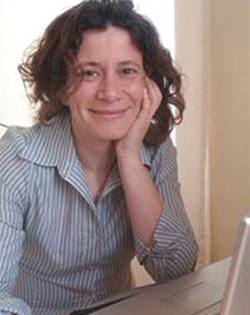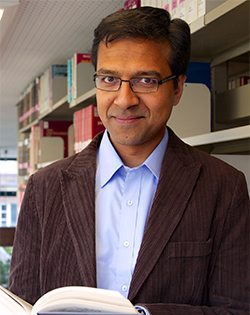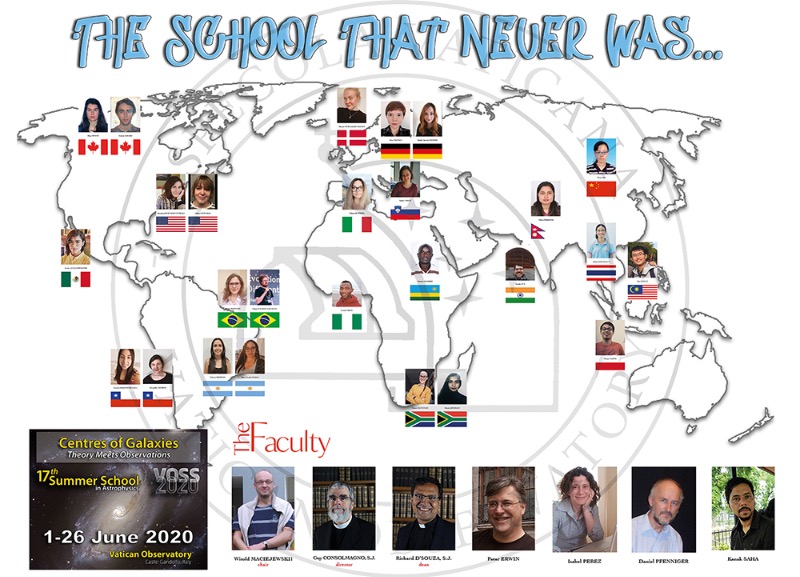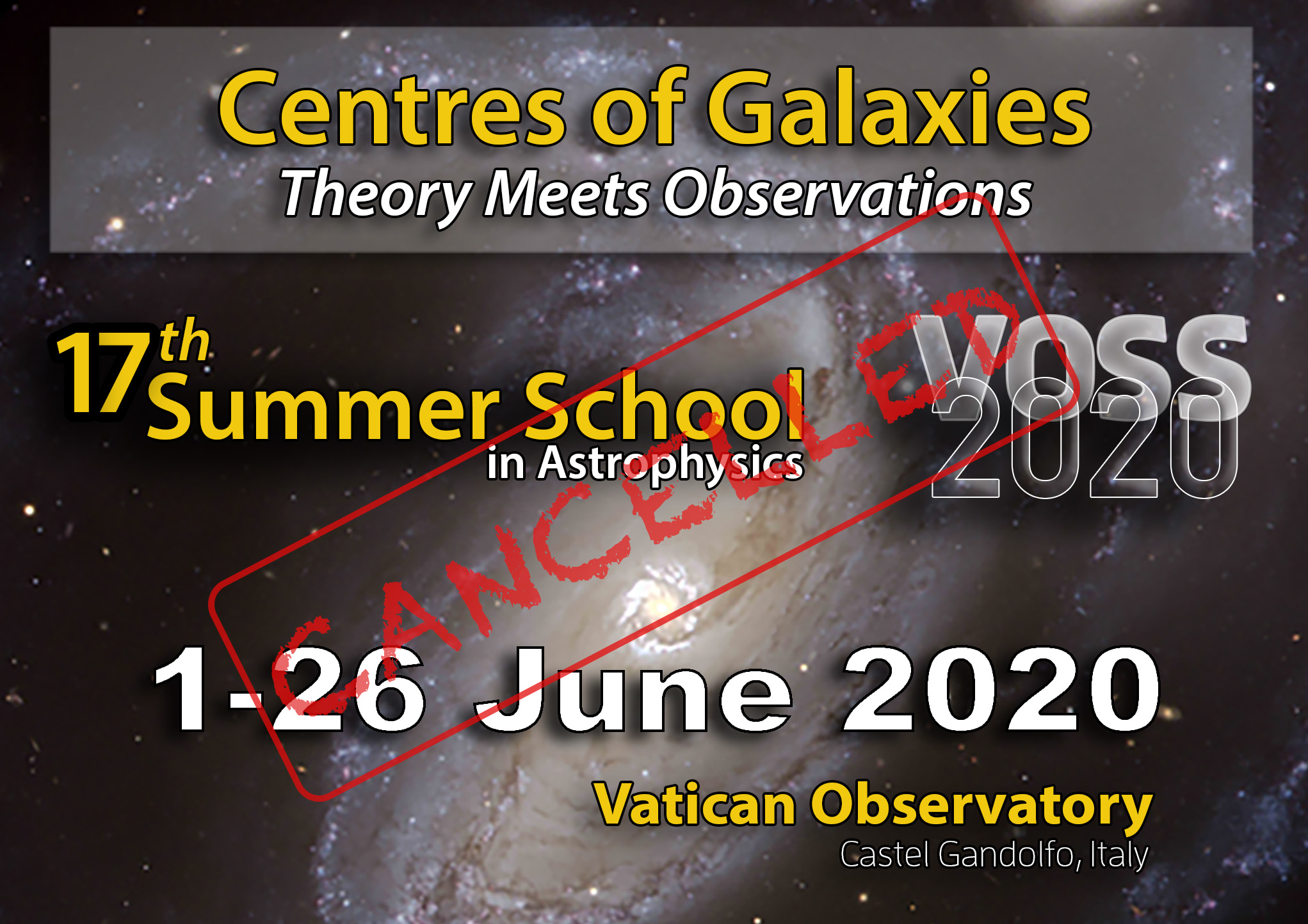
TOPIC
The centres of galaxies are superb laboratories for studying the interplay between stellar dynamics, hydrodynamics, star formation, stellar feedback, and supermassive black holes. New technological developments, such as high-resolution integral field spectrographs with adaptive optics, are enabling us to study these regions with an unprecedented level of detail and breadth of scope, and the amount of information gathered has grown dramatically in the past few years. This is bringing transformational advances in extragalactic astronomy, but the richness of the data and the complexity of the subject can be potentially confusing, while progress in the field require a solid understanding of fundamental physical concepts with respect to the structure, dynamics and stellar population content of these components.
This course of lectures and hands-on projects will provide young researchers with a thorough preparation for understanding the
observed properties of galaxy centres and the theory behind them.
We will introduce students to what current observations tell us about the central components of galaxies, how these relate to galaxy scaling relations such as those of supermassive black holes, and the state-of- the-art techniques used for morphological analysis and 3D spectroscopy as applied to the central regions of galaxies. We will then interpret the observed phenomena in terms of dynamical theories of galaxy formation and evolution. We will start by basing students’ intuitions on analytical approaches that often provide useful insights. We will then proceed to orbital analyses and KAM theory, a key conceptual tool for barred galaxies. This will enable us to explain much of the observed features and a substantial part of the behavior of N-body simulations. With this preparation in hand, we will be able to present and interpret results of N-body simulations, and to relate them back to the observed nature of galaxy centres.
MAIN THEMES
- Observations of the central regions of galaxies: properties of bulges and bars, supermassive black holes and their scaling relations
- Modern techniques in galaxy image decomposition: overview of different approaches, studying the structural properties of bars and bulges via image fits
- Integral field spectroscopy: summary of current surveys and instrumentation, state-of-art integrated stellar-population analysis
- Essentials of galactic dynamics: galaxies as collisionless systems, orbits and integrals of motion in galaxy potentials, stability analysis of stellar disks
- Theory of bars: resonances in spiral galaxies, Lagrange points in barred galaxies, peanut-shaped bars, weakly dissipative dynamics
- Dynamics of bars and bulges in N-body models: constructing models of bulges and disks, formation of bulges, coevolution of bulges and central supermassive black holes, formation of bars, gravitational interaction between bars and bulges
- Theory of multiple central components: formation and evolution of double bars, dynamics of nuclear rings and spirals
List of the Faculty
